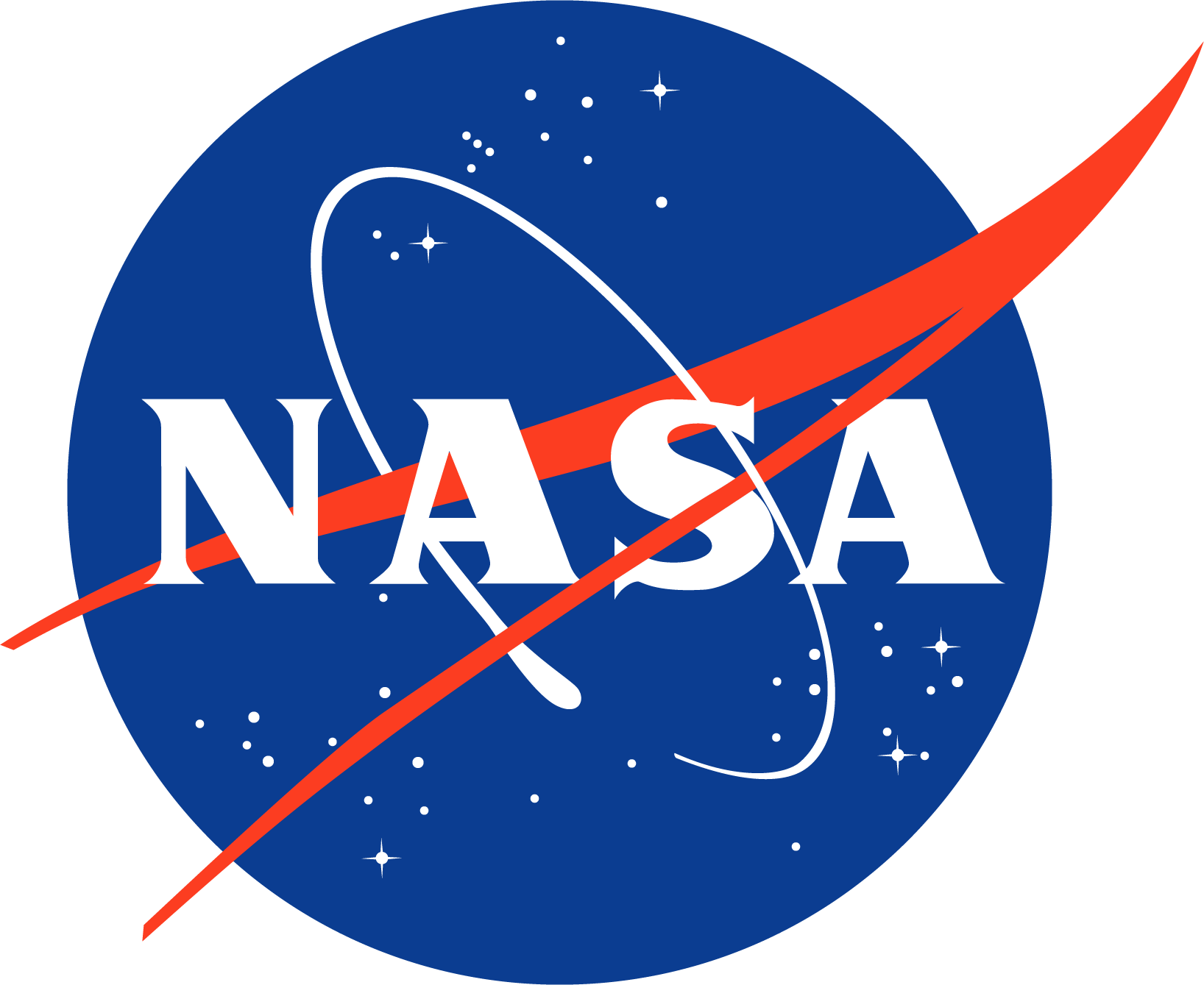Since 02/2013 Dr. Antiochos has held a Senior Scientific (ST) position at NASA/GSFC, serving as Senior Scientist, Space Weather and Chief Scientist for the Heliophysics Division. Dr. Antiochos is also serving as Adjunct Professor in the Department of Climate and Space Sciences and Engineering at the University of Michigan. Prior to his appointment at GSFC, Dr. Antiochos served as Supervisory Astrophysicist at the Naval Research Laboratory, and Head of the Solar-Terrestrial Theory Section.
Dr. Antiochos is an internationally recognized authority on space and plasma physics. His research is distinguished by the development of innovative models to explain major observational problems, and combines both basic theory and state-of-the-art numerical simulation. Dr. Antiochos has made many fundamental advances to our understanding of the Sun and Heliosphere. Some of his best-known contributions include the following:
· his work on coronal loop dynamics, chromospheric evaporation and the cool loop model for the transition region.
· the thermal nonequilibrium theory for the formation of coronal condensations, which is widely believed to be the definitive explanation for how cool filaments/prominence mass forms in the hot corona
· the 3D sheared arcade model for the topology of prominence magnetic fields
· the breakout model for the initiation of coronal mass ejections/solar flares
· the resistive-kink and breakout models for coronal jets
· the S-Web theory for the sources of the slow solar wind
· the theory of “helicity condensation”, which explains three long-standing observational puzzles of the corona-heliosphere system: (1) the smoothness of coronal loops, (b) the magnetic shear in prominences/filaments, and (c) the variability of the slow solar wind.
Dr. Antiochos has approximately 200 publications in the archival literature with over 11,000 citations and an h-index of 58 according to Google Scholar.
